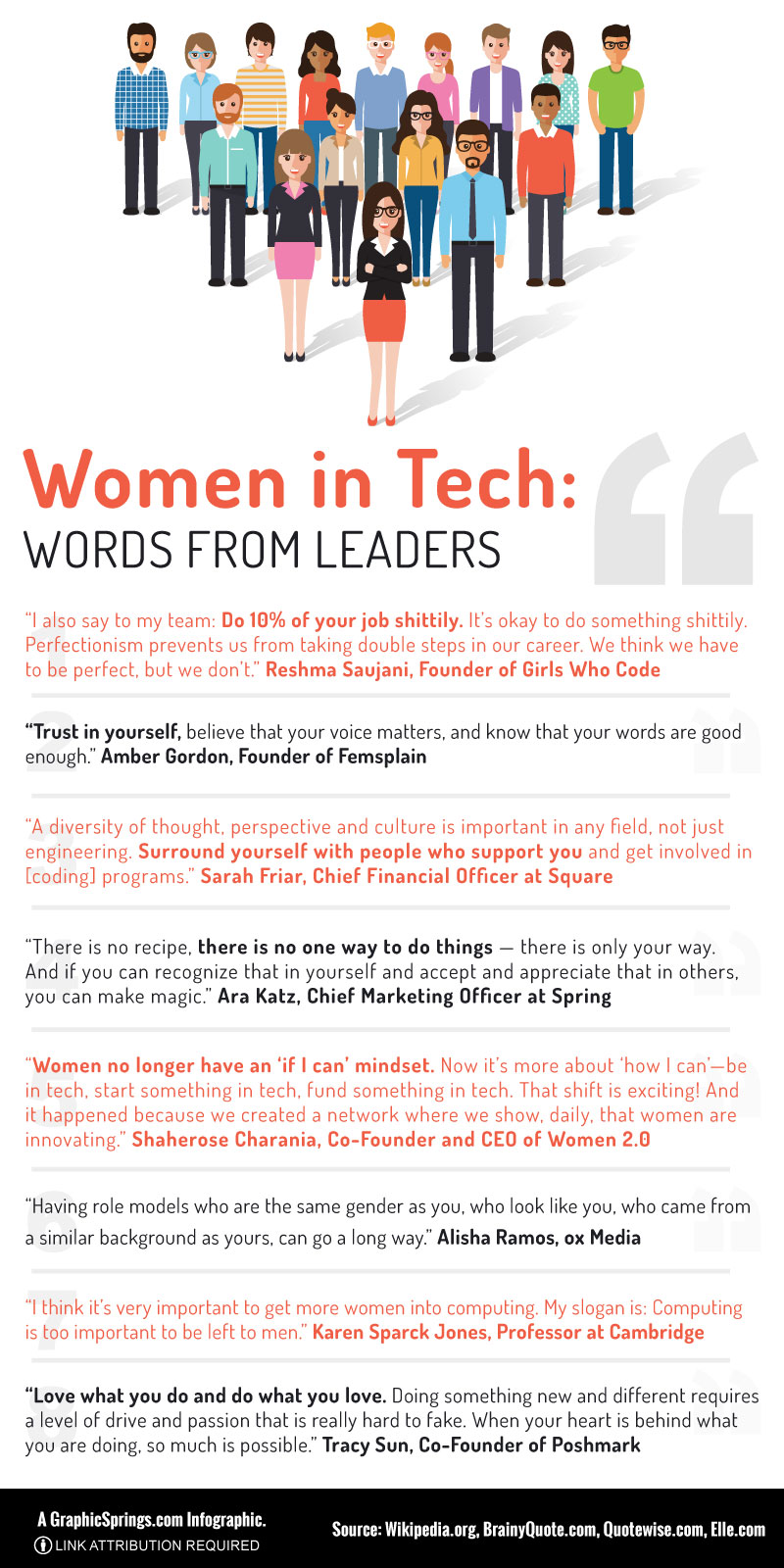 We interviewed Mary Matheson, an award-winning British director known for directing character-driven films in innovative ways for social impact. She was recently the lead director of the 10-part 360° New Realities VR Series 10 Young Women 10 Countries. One World, which showcases the stories of 10 young female activists across the world with focus on themes of education and fair access to technology, created for the Meta Quest 2 virtual reality headset.
We interviewed Mary Matheson, an award-winning British director known for directing character-driven films in innovative ways for social impact. She was recently the lead director of the 10-part 360° New Realities VR Series 10 Young Women 10 Countries. One World, which showcases the stories of 10 young female activists across the world with focus on themes of education and fair access to technology, created for the Meta Quest 2 virtual reality headset.
Matheson is currently directing a multi-platform documentary about the women behind NASA’s Artemis women-led mission to the Moon. Matheson mixes the latest technology (mobile, augmented and virtual reality) with intimate documentary techniques to bring the audience into the heart of the narrative. We spoke to her about creating impact, both through her work and in this new industry.
Q: Tell us about what has driven your career long passion for making films of social impact, especially related to women.
I started out as a journalist cutting my teeth in Latin America (in Venezuela and Colombia) when I was 23 years old, reporting on the Guerrilla War and drug cartels. My passion has always been to communicate between two different people – between characters and the audience. I’ve specialized in foreign stories, often in conflict or post-conflict zones, but what’s interested me most is the stories we don’t hear.
Even if you think about Ukraine, social media has enabled us to hear stories that we wouldn’t normally have heard through mainstream media. When I started out, those things didn’t exist. I was always more interested in what we weren’t hearing and weren’t seeing, and being able to communicate that. So leaving behind straightforward journalism, I began to focus on communication with a purpose and greater objective: communicating what life was like for the people that we often see or hear about from one particular point of view, and I’ve always been interested in sharing the other point of view.
Q: How has Virtual Reality (VR) created the platform of ‘immersive storytelling’?
Immersive storytelling is literally being able to step into the story. Instead of peering through the window into another person’s world, you open the door and step inside.
Virtual reality became another tool for me to use to communicate with audiences and try to convey another person’s experience, so they can understand what it’s like in a country they wouldn’t normally visit. What has been incredible about VR is that it suddenly opens this extraordinary door to a whole world that you can feel you’re part of, rather than just viewing.
For me, that was transformational in terms of both my work and the characters themselves being able to communicate with you, the audience, directly. In a way, as a director, I stopped being the interpreter of the story and became the facilitator between two people.
The 10 Young Women series is a 360° film series- it’s shot like a film and looks incredibly real. You feel like you’re immersed in their world, because you’ve got the Quest 2 headset on and the audio is also 360 degrees, so you’re cut off from your real world environment. Your body and your mind suspend belief, and you feel like you’re in the country with the girl you are visiting. She talks to you directly, usually looking right at you, so you feel like you’re a good friend of hers – and she’s just telling you her story.
In India, due to the timing with Covid, we ended up sending the camera to the young woman herself, taught her how to use it, and she shot the film herself. That episode has an extraordinary authenticity, like a video diary shot brilliantly from her perspective.
Q: How were you impacted by working on the 10 Young Women series?
I now try to involve and co-create the characters in the filmmaking as much as possible, giving them power in the narration of what goes in and what doesn’t. I talk to them about what they would like to do, and it means you get these extraordinary authentic moments you would never expect, and little snapshots of their lives that you wouldn’t normally get if I was imposing my ideas. It’s revolutionized my job. Even as somebody who’s traveled a lot, I’m constantly surprised by reality and the true story.
For example, I was in Germany filming with a young Syrian woman who faces a lot of racism in Germany. I had the idea to have her sitting static and have people walking all around her and use the sound to hear all the words that she hears, hear the racism she faces and feel how she feels. She was absolutely furious with me and said, why should I have to go through this again? She wanted to do it differently. She wanted a very strong image of herself (which ended up being on a bike cycling) and to talk about how supported she felt by her mom, her sister and her aunts. Her idea was to use the ululation singing of her aunts in Syria around her, and it’s such an extraordinary moment in the film.
The technology and this industry is at such a wonderful, innovative and creative place. We all know how to shoot a sequence in a film smoothly and the techniques to use to create a certain feeling, whereas with virtual reality, we’re at the dawn. Even though I’ve done a lot of 360° filmmaking now, I’m still trying out new techniques every single time. So it’s really liberating and very experimental and invites co-creation.
Q: Tara Brach, Ph.D, talks about creating ‘unreal others’ – how when distanced from someone, we project into their world, making them unreal. The more distant a group, the easier it is to do that. What role do you think immersive storytelling plays in making others ‘real’ and creating empathy and compassion?
Even from the beginning of my work, I was really committed to trying to reduce “othering” and for me, this is just such a powerful tool that’s indescribable until you get in there. Once you do, you suddenly feel that you’re there and it does take you to a different level of empathy.
We talk about something called presence, which is like where you feel present in a different place, and the goal for me as a Creator is to make you feel present in that world. That’s what creates the feeling of empathy, or perhaps a different feeling, but it’s strong because you feel that you’re present. There’s examples where the headset technology has even been used to help people with trauma, to help opposing sides come towards agreement through empathy, and in peace building.
Q: How has virtual reality impacted upon and changed your creative process and sensory awareness, as a director and a creator?
Suddenly I have a toolkit at my fingertips that is extraordinary and has multiplied. I am now using techniques from theater and from gaming. I’m 53 years old and I’m not a gamer or technical person – but I’m using gaming techniques all the time now. It’s just blown my mind. I’m learning and using new skills with every experience.
For example, sound is transformational. Because as a director in VR, I can make a sound behind you and you’ll turn and look behind you. So, now you can use sound as a tool to direct your viewer’s gaze.
I have had to also learn about techniques from working with immersive theater – how to draw an audience in and do blocking, a technique that you use in theater and fictional filmmaking, not in documentary. In virtual reality we talk about creating a world you’re setting up for somebody to step into, not necessarily a scene as in film, and I’ve learned about that from working with immersive theater groups.
Q: What would be an example of a gaming technique you find compelling?
I never realized gaming is so extraordinary in the sophistication of their storytelling. It’s complex and layered. Branching narrative is a classic gaming technique I’m using.
For example, I’m working on a project on NASA, about the new Artemis mission, which will put a woman on the moon for the first time in 2024. There’s a main storyline, but you’ll also be able to go off and discover more about the astronauts if you want to dig deeper into their narratives, and then come back to the main storyline.
But there are also other ways of using branch narrative where you take a choice, go down a storyline, and don’t necessarily come back to the same ending.
For example, female director Gaëlle Mourre created this experience called Mechanical Souls, examining the difference between humans and avatars. As the viewer, you didn’t know you were making a choice, but your choices were made by where you looked in the scene. If you looked in a particular direction and were more interested, then the storyline would go along in that direction. Whereas, if you were looking over here at this person, then you’d start to follow a different storyline. At the end of that experience, everybody took off their headsets, started talking and realized they’d had different experiences based on where they’d put their attention.
Another experience I had was in Northern Iraq, where I was creating an experience about the Yazidi people, who were attacked by ISIS in 2014 and lot of the women were taken as sex slaves. The way I branched the narrative was that, as the viewer, you could choose whose perspective you wanted to hear about – whether from the young woman who had been taken as a slave, from her brother who had survived an attack or from the perspective of an ISIS fighter. These were all documentary interviews, but you as the viewer can choose whose perspective you want to listen to about a particular moment in time. And you could go back and listen to all of them, too. That’s not how I would structure a story if I was making a regular film – it would have incorporated the different viewpoints or come from one particular viewpoint.
Q: What further creative possibilities are you excited about in this industry?
I’ve just taken up a job as Professor of Practice for Arizona State University’s new center for Narrative and Emerging Media in Los Angeles. What I find really exciting is helping other people to learn about this technology and making sure they understand what they can do. I’ve had students build completely different immersive experiences. It builds on my knowledge, and then I say see what you can do and they go off and do something extraordinary.
I love film, so I personally get really excited about photo-real stuff. Animation and CGI are dominating the space, but photoreal is getting there, little by little. It’s not going to be long before you can have holograms in VR that will be live – you’ll be able to talk to somebody in Kurdistan or Northern Iraq, in photo-real 3D embodiment.
Another passion of mine is getting this technology out to the underrepresented voices. It’s about making sure that those people have access to the technology and there are no obstacles in the way. That’s often what the problem is – not that people don’t want to or don’t know how to do it – but that they’re blocked. We just need to make sure the obstacles aren’t there. Maybe not everyone can afford a headset, but we can make them available, such as in libraries or community centers, so there’s not a block to entry. We’re in the middle of working that out at a grassroots level in LA.
Q: What are the opportunities to create more equitability of voices in this industry?
We’re right at the start, it’s a whole new medium, and we can set the new rules. For example, I’m passionate that this is not for young people, but everybody. Why shouldn’t women in their fifties do this? There’s a lot of cultural prejudice against middle-aged women, that we won’t be able to keep up with technology. There is a myth around VR being techy or gaming, that it isn’t our world, but actually why shouldn’t it be? We can simply use it for what we want it to be.
In terms of diversity, equity and inclusion, what’s really interesting for me is who’s creating and distributing these narratives? How do we, early on in this game, meaningfully create an industry that is equitable? How do we really change the structure so it becomes an industry that has proper representation? It’s still white and male, and there’s yet also a strong female directing presence. But where the money goes is the big thing. When it comes to venture capitalists and female run businesses, that’s where we’ve got to really put in a lot of work – both bottom-up and top-down.
From the bottom up, that means looking at the big companies – who they’re hiring, who they’re giving internships to. Looking at people’s potential as opposed to necessarily their qualifications is a really interesting and different way of hiring people, not necessarily through traditional routes. It also means making sure funding, not only venture capitalists, but other types of funding both within business and also foundations, goes towards women, BIPOC communities and other marginalized voices.
We have an opportunity now to ensure that it’s really a representative industry that is being created and built in a way that reflects society, so it’s not one singular point of view that we’re seeing. That’s what I’ve always been excited to be a part of, and the possibility I see here, too.
Interviewed by Aimee Hansen
 (by Eliza Vancort) The Terminator will kill us. The Matrix will grind us down into batteries. And yeah, Ex Machina. Humans have a time-honored tradition of being terrified that sentient machines are going to destroy everything.
(by Eliza Vancort) The Terminator will kill us. The Matrix will grind us down into batteries. And yeah, Ex Machina. Humans have a time-honored tradition of being terrified that sentient machines are going to destroy everything.




 By Monica Long, SVP of Marketing and Communications at Ripple
By Monica Long, SVP of Marketing and Communications at Ripple Inna Jackson’s biggest learning moment came immediately after completing a very large and intense project—one that didn’t pan out the way she had envisioned, an unexpected outcome given her successful career to date.
Inna Jackson’s biggest learning moment came immediately after completing a very large and intense project—one that didn’t pan out the way she had envisioned, an unexpected outcome given her successful career to date.


